Ribbon slitting machine purchase guide: how to choose the slitting width and accuracy according to the demand?
When purchasing a ribbon (thermal transfer ribbon) slitting machine, the slitting width and accuracy are the core indicators, which directly affect the compatibility and printing effect of the label printer. Here's a guide to choosing a product for different needs:
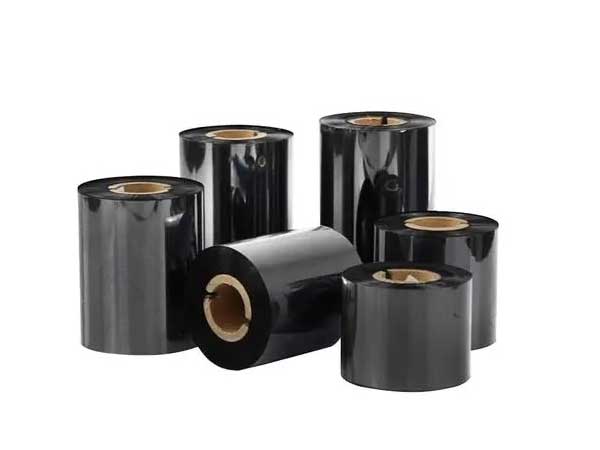
1. Slitting width selection: match the printer and ribbon type
1. Define end-point requirements
• Printer specifications: Common ribbon widths are 25mm, 50mm, 80mm, and 110mm (corresponding to label printers such as Zebra, TSC, etc.).
• Ribbon Type:
◦ Wax base/mixed base: general purpose, width error is allowed ± 0.2mm (such as storage labels).
◦ Resin-based: high-precision requirements (such as high-temperature labels), the error needs to be ≤±0.1mm.
2. Slitter width range
• Basic model: fixed slitting width (e.g. only 50mm or 80mm) for a single product line.
• General model: adjustable range 10~300mm (realized by moving tool holder), suitable for multi-specification production.
◦ Key configuration: servo motor driven CNC tool adjustment system, repeat positioning accuracy ± 0.05mm.
3. Special needs processing
• Ultra-narrow slitting (e.g. ≤5mm): Equipped with micro guide rollers and anti-flashing device to avoid ribbon breakage.
• Variable width slitting (e.g. continuous change pattern): Choose a high-end model with dynamic tool adjustment function (e.g. Kampf in Germany).
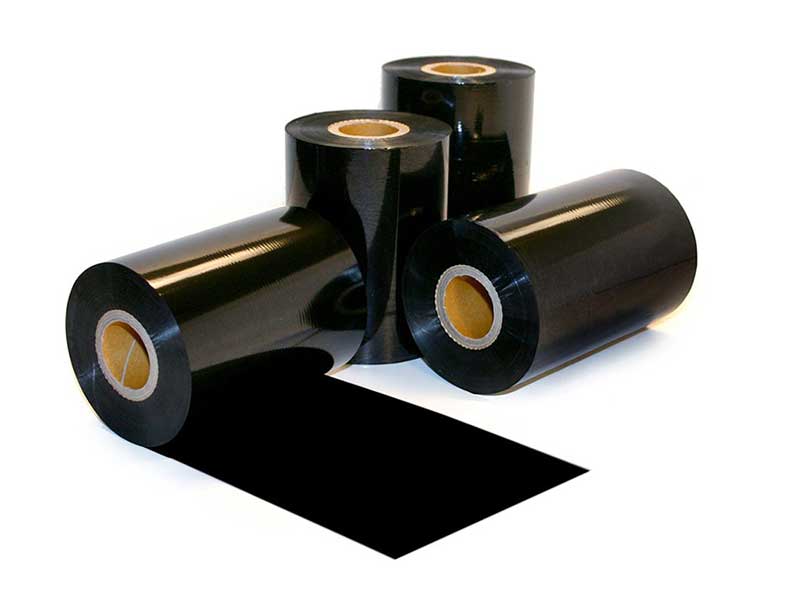
2. Slitting accuracy level: selected according to the application scenario
1. Comparison of accuracy standards
| grade | Allowable error | Applicable scenarios | Device configuration requirements |
| Economy grade | ±0.2mm | General logistics labeling, warehouse management | Mechanical knife adjustment + ordinary tension control |
| Industrial grade | ±0.1mm | Electronic product labels, pharmaceutical traceability codes | Servo motor + closed-loop tension |
| Precision | ±0.05mm | High-resolution printing (e.g. barcodes, QR codes) | CCD guiding + air bearing tool shaft |
2. Key technologies to achieve high accuracy
• Tooling system:
◦ Round knife cutting: suitable for resin-based ribbons (smooth cutting surface, no burrs).
◦ Laser slitting: used for ultra-thin ribbons (e.g. 3μm PET substrates) without contact damage.
• Tension Control:
◦ The slitting tension of the ribbon is usually 2~10N (if it is too large, it will be broken, and if it is too small, it will be loosened).
◦ Recommended configuration: magnetic particle brake + tension sensor (fluctuation ≤± 0.5N).
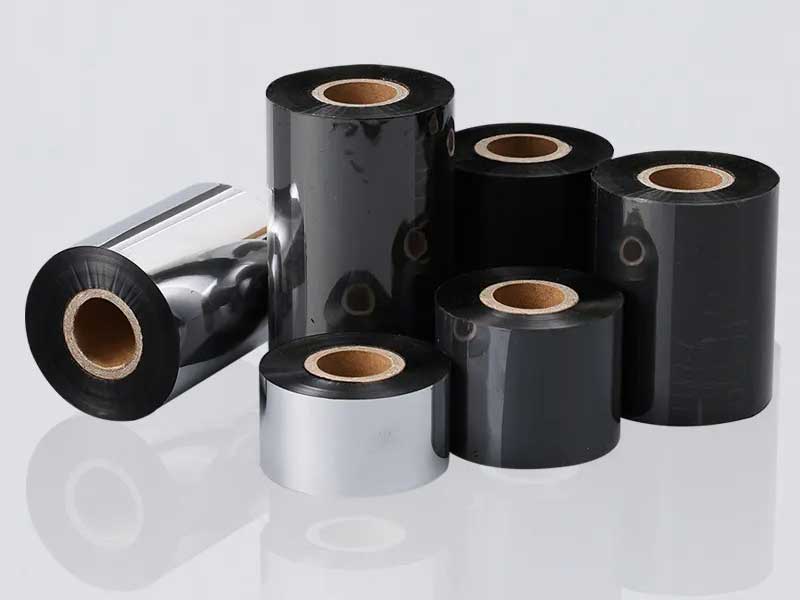
3. Other key parameters
1. Slitting speed
• Conventional ribbon: 30~100m/min (low speed is required for resin base, high speed can be used for wax base).
• High-speed models (≥150m/min) need to be equipped with dynamic balance tool spindles.
2. Winding quality
• End face uniformity: staggered ≤0.1mm (affecting printer loading).
• Core adaptation: support 1/2" or 1" paper core, with inflatable shaft automatic locking.
3. Environmental adaptability
• Anti-static design: The ribbon is easy to absorb dust, and it needs to be removed by ionic air rods.
• Temperature and humidity control: 25±5°C, humidity 50±10% RH is recommended.
Suggestions for commissioning:
Ribbon samples (especially resin-based) are available to test the following items:
1. Width consistency of 10 rolls of continuous slitting;
2. Whether the end face of the winding is smooth and without steps;
3. Observe whether there are burrs or glue layer peeling off the cut edge.
Accurate matching of slitting parameters can reduce the ribbon breakage rate and printing defect rate in the printer!
Recent Post
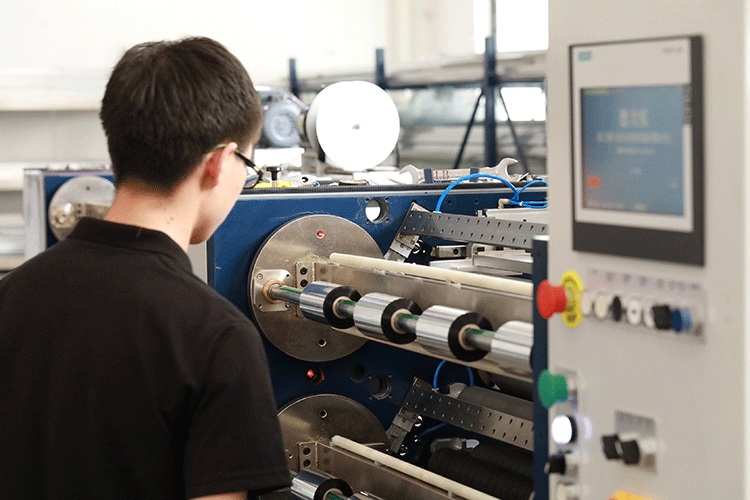 One-button operation: How can ribbon slitter simplify the production process?
One-button operation: How can ribbon slitter simplify the production process?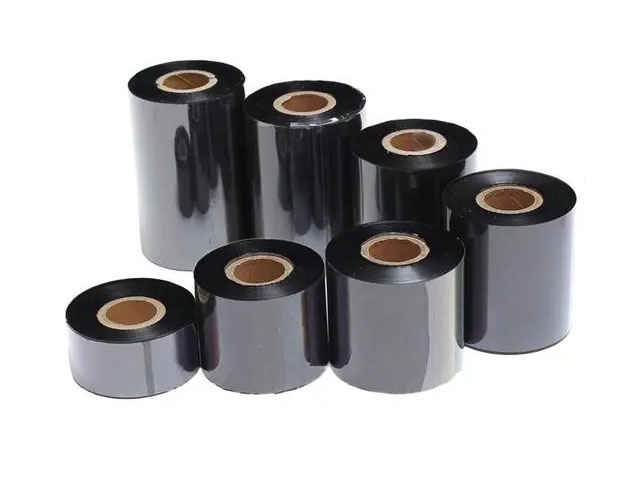 Why Choose Automatic Ribbon Slitting Machine? Precision, speed and stability
Why Choose Automatic Ribbon Slitting Machine? Precision, speed and stability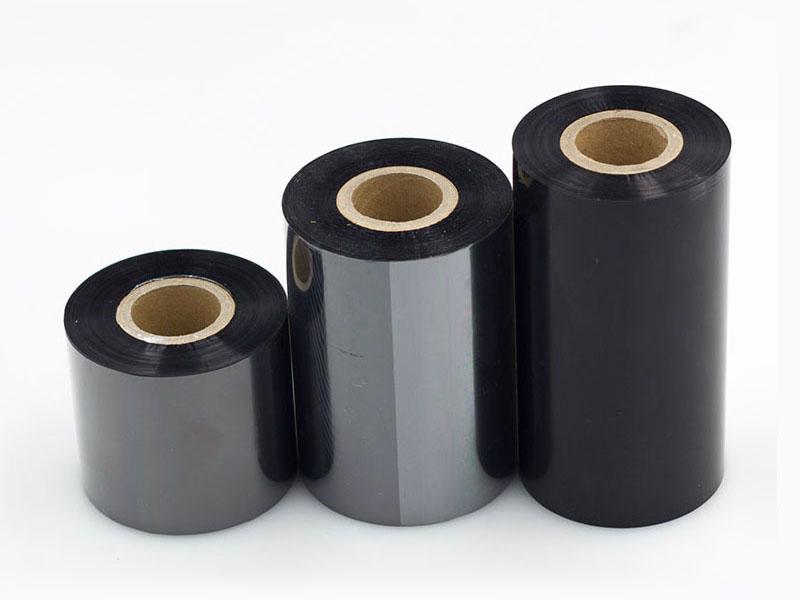 Customized slitting solutions: How can ribbon slitting machines meet the needs of different industries?
Customized slitting solutions: How can ribbon slitting machines meet the needs of different industries?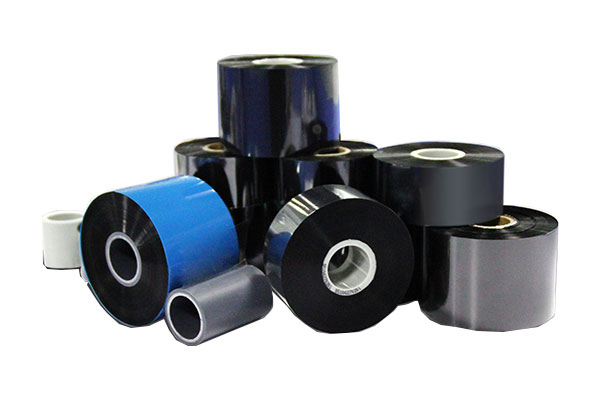 How does the ribbon slitting machine achieve micron slitting? Key technologies are all revealed
How does the ribbon slitting machine achieve micron slitting? Key technologies are all revealed
Related Product
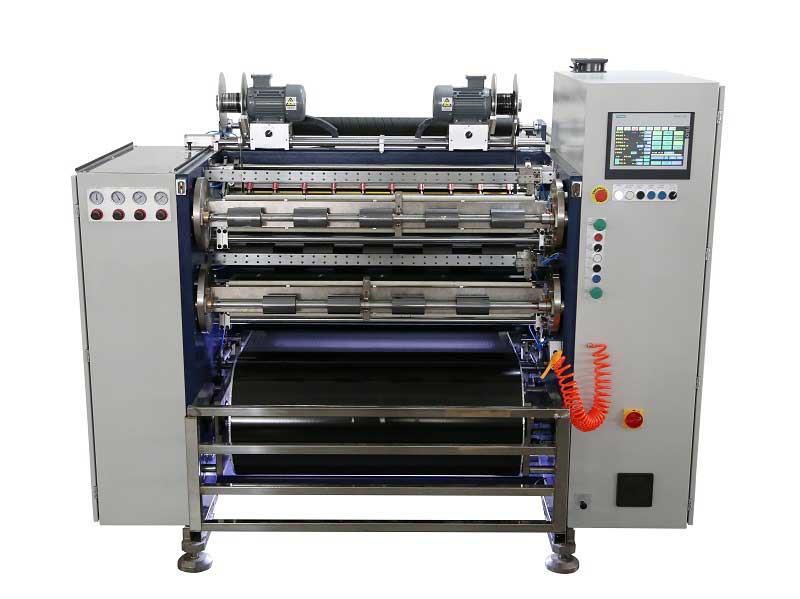 Automatic Thermal Transfer Ribbon Slitting Machine RSDS8 H PLUS
Automatic Thermal Transfer Ribbon Slitting Machine RSDS8 H PLUS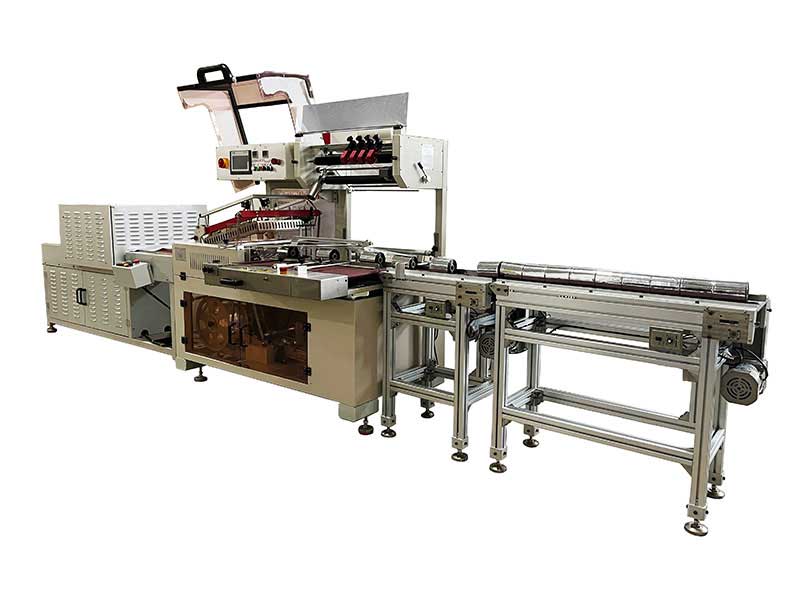 Thermal Transfer Ribbons Packaging Machine
Thermal Transfer Ribbons Packaging Machine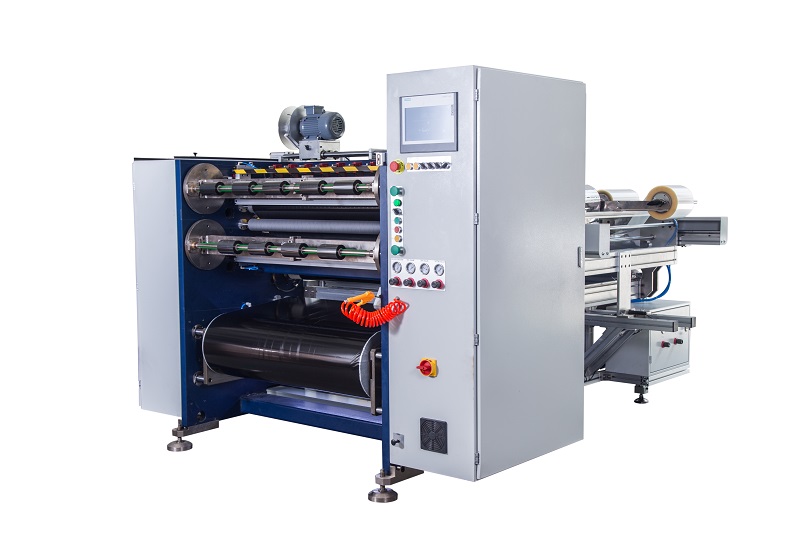 Semi Automatic Thermal Transfer Ribbon Slitting Machine RSDS5 PLUS
Semi Automatic Thermal Transfer Ribbon Slitting Machine RSDS5 PLUS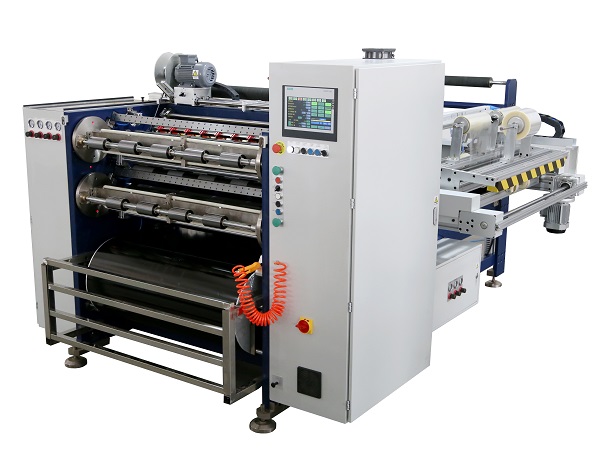 Automatic Thermal Transfer Ribbon Slitting Machine RSDS8 PLUS
Automatic Thermal Transfer Ribbon Slitting Machine RSDS8 PLUS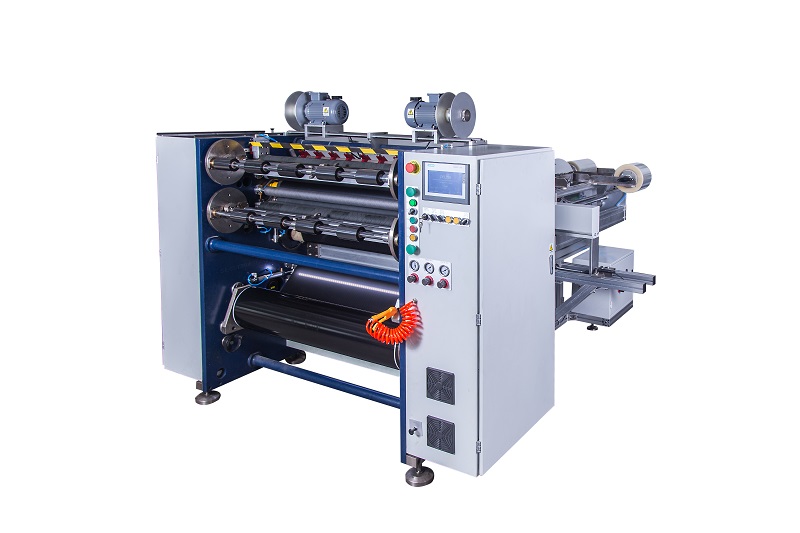 Semi Automatic Thermal Transfer Ribbon Slitting Machine RSDS1 PLUS
Semi Automatic Thermal Transfer Ribbon Slitting Machine RSDS1 PLUS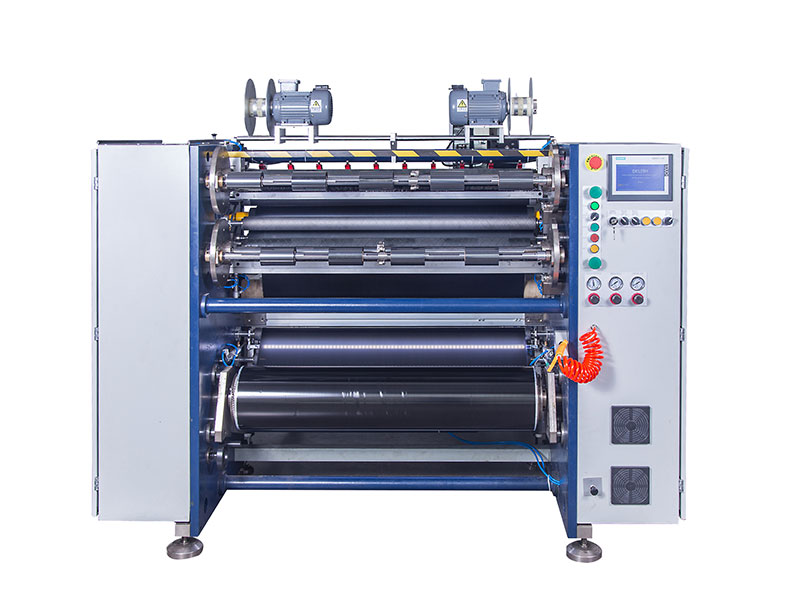 Ribbon Slitting Machine
Ribbon Slitting Machine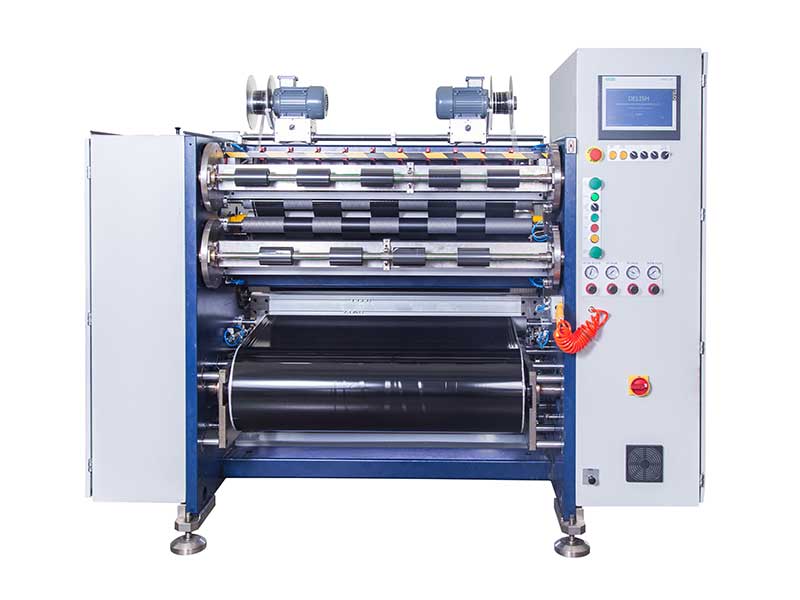 TTR Slitting Machine
TTR Slitting Machine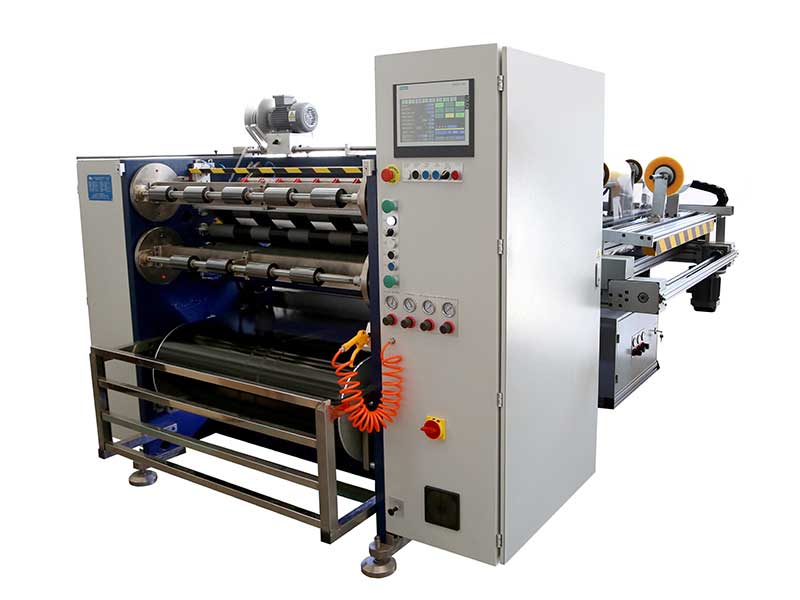 Automatic Thermal Transfer Ribbon Slitting Machine RSDS6 PLUS
Automatic Thermal Transfer Ribbon Slitting Machine RSDS6 PLUS


